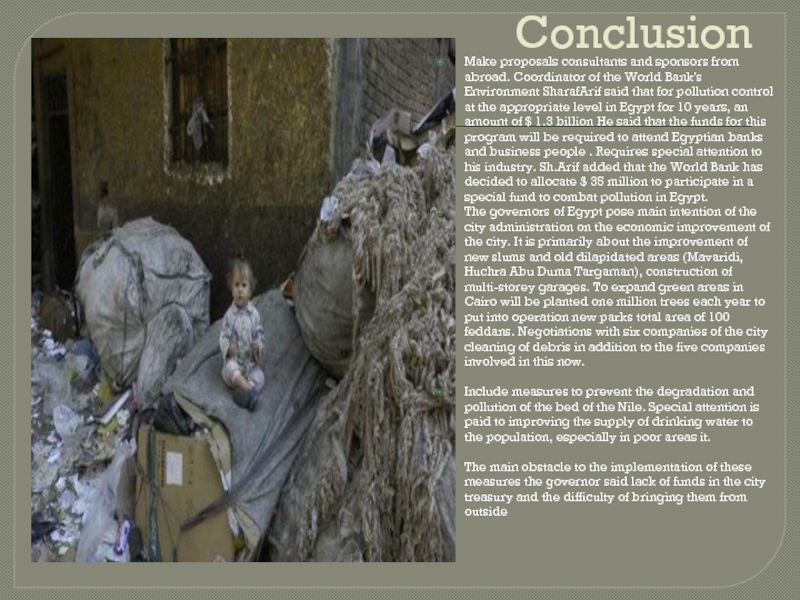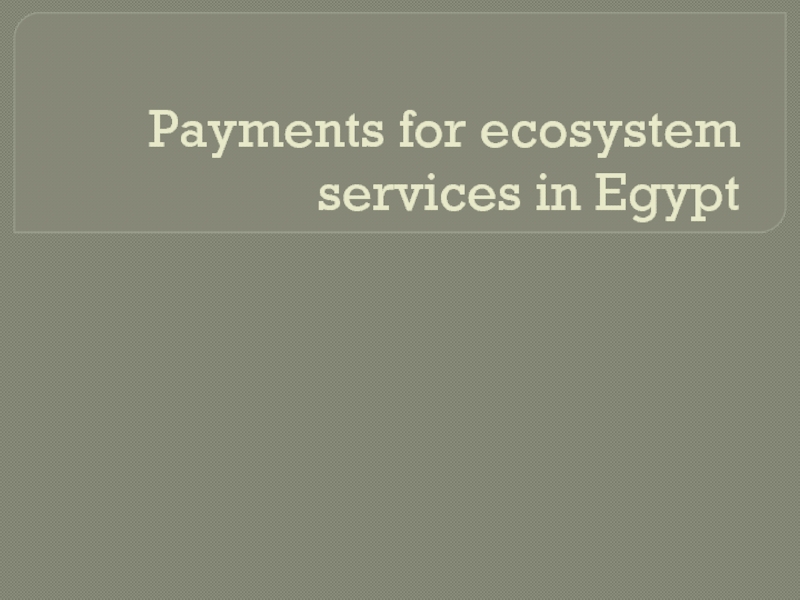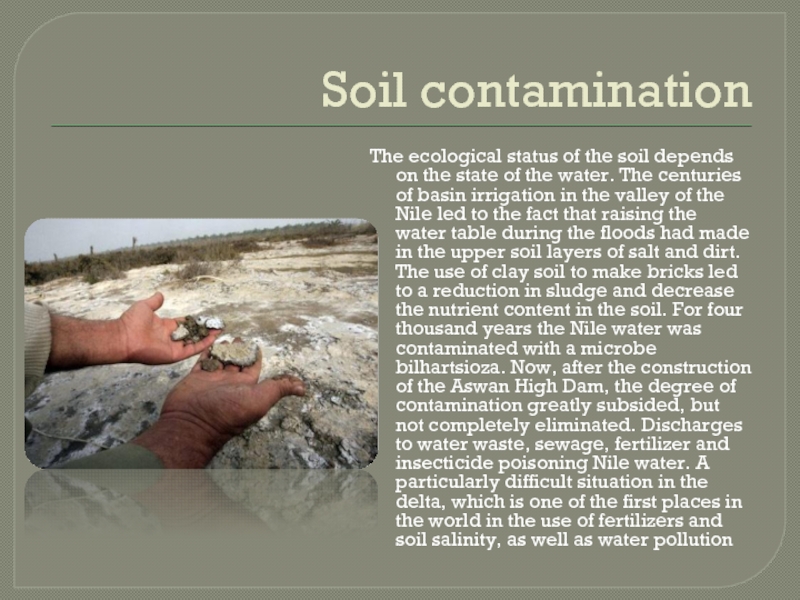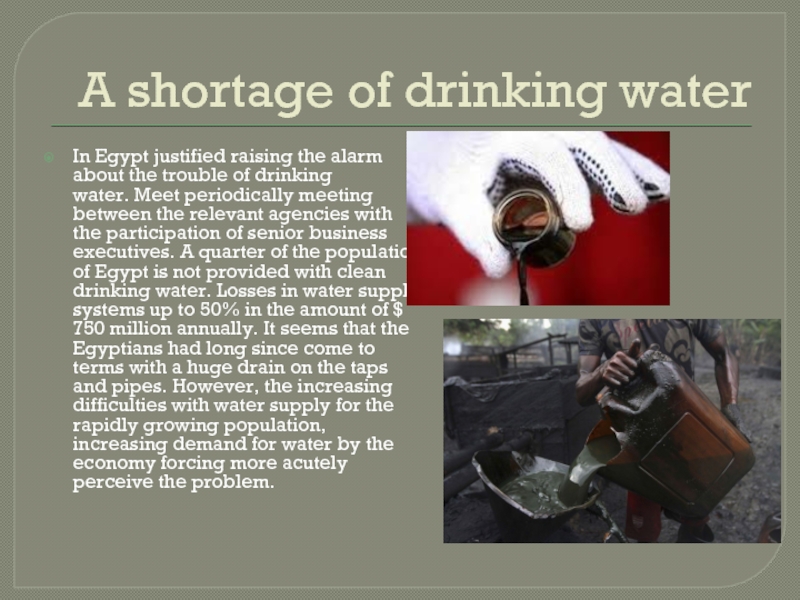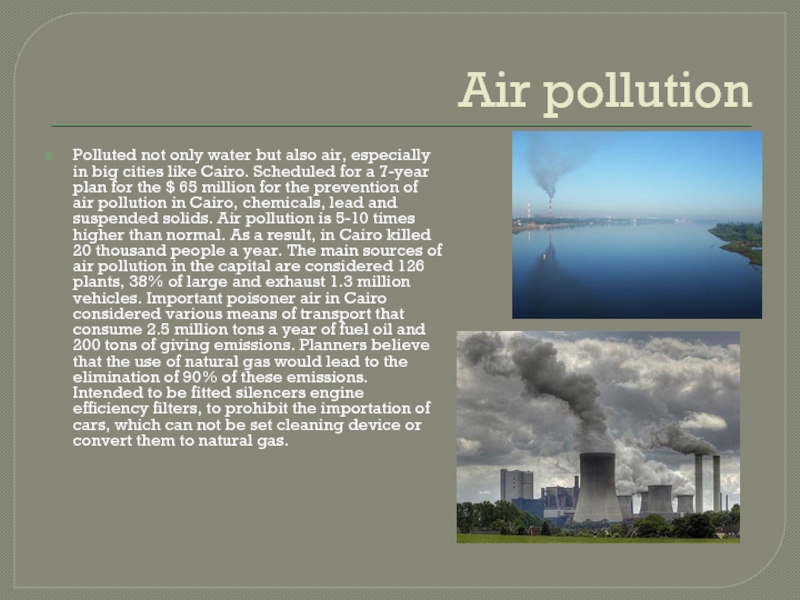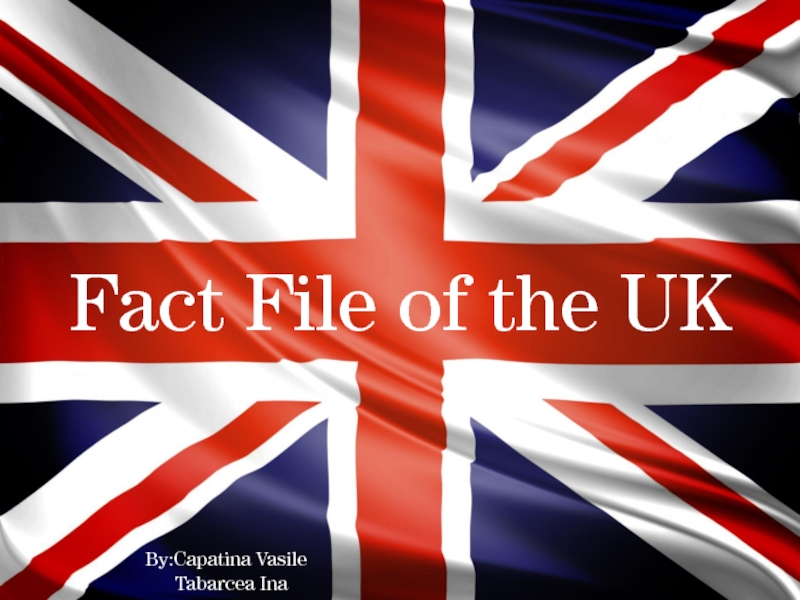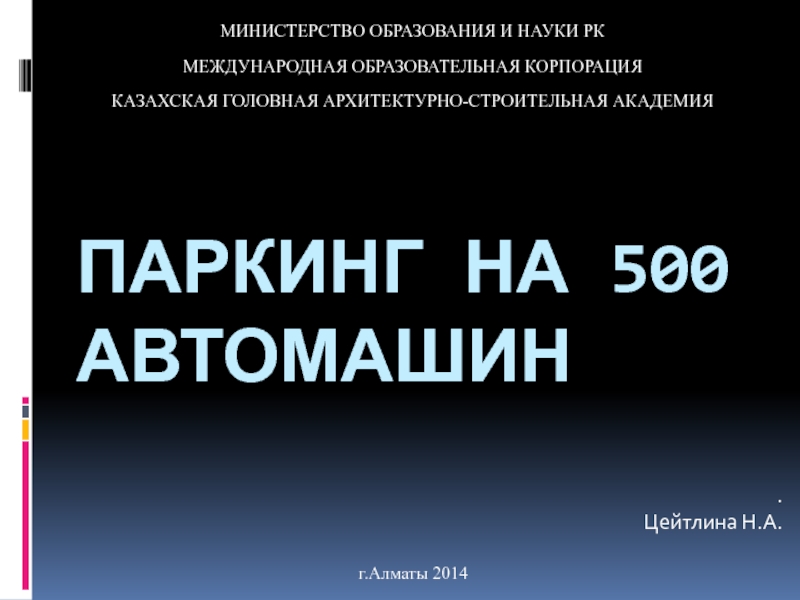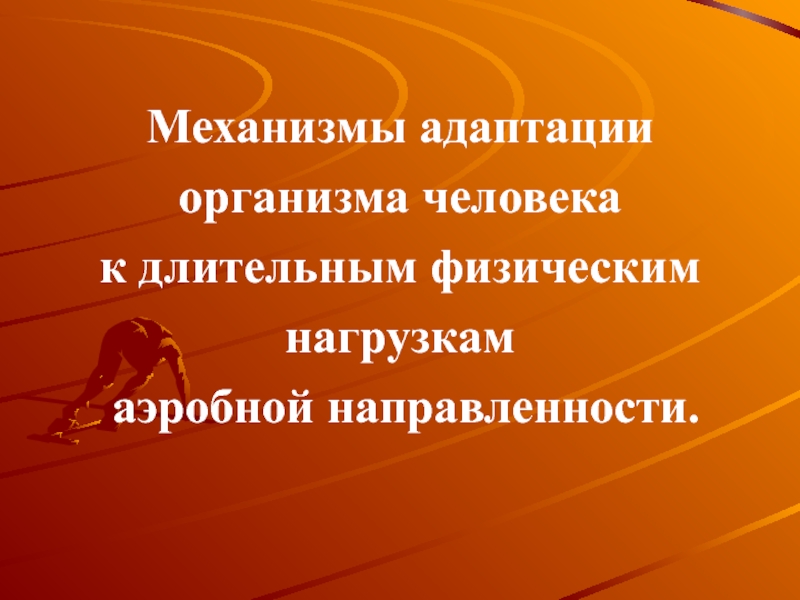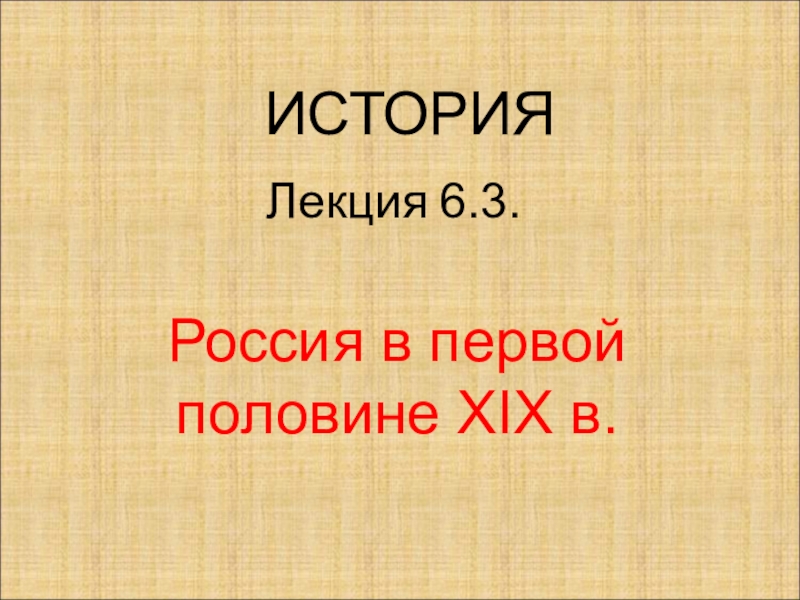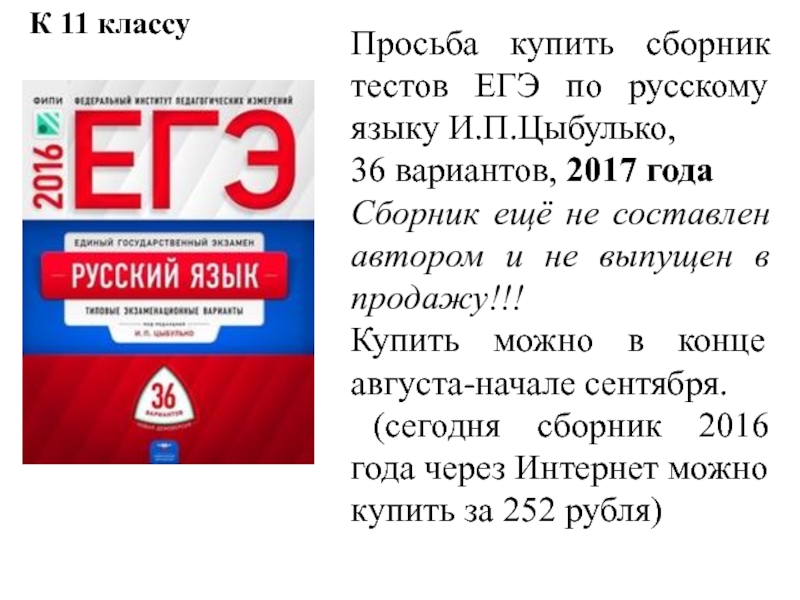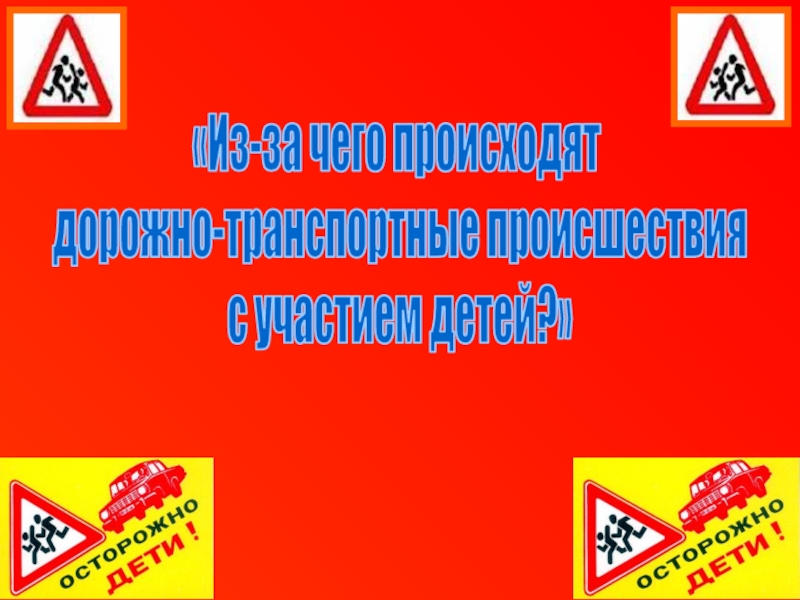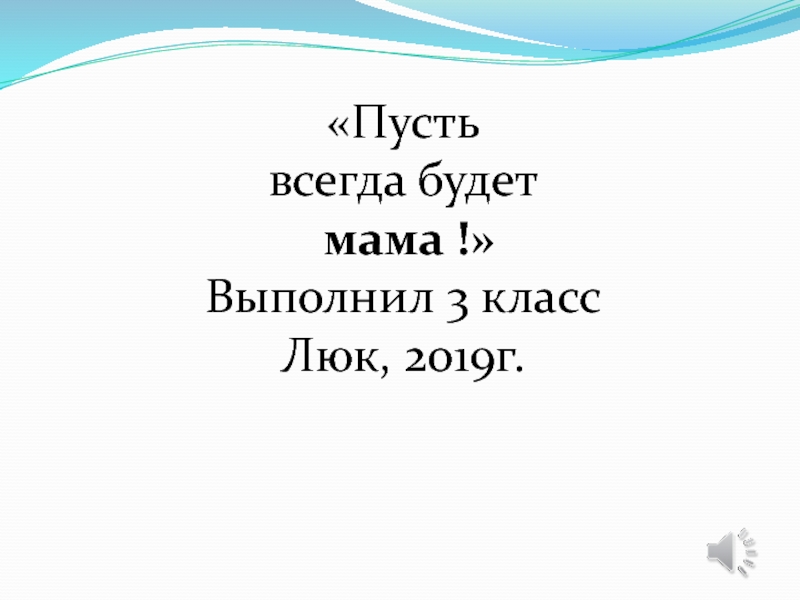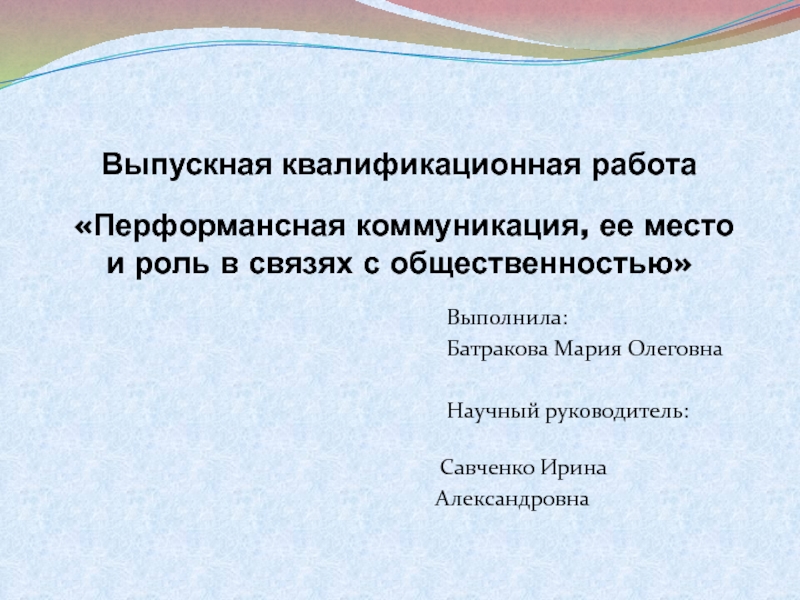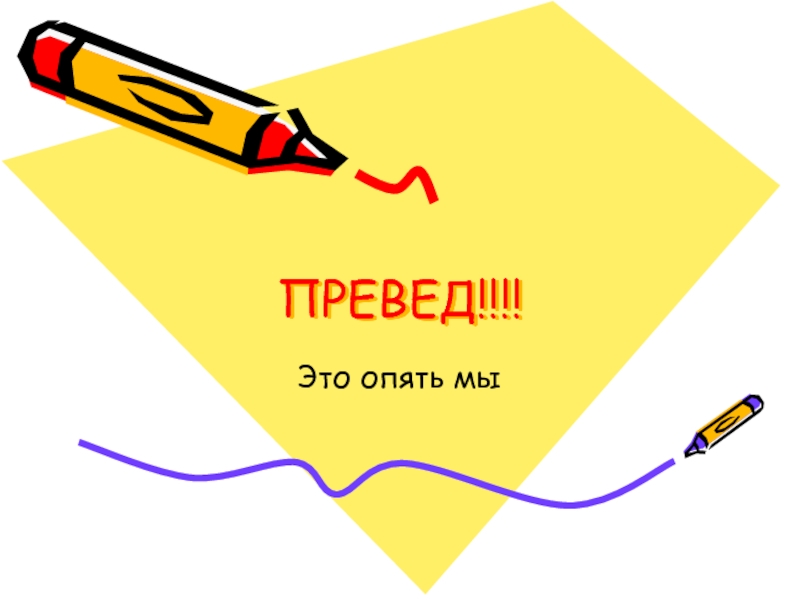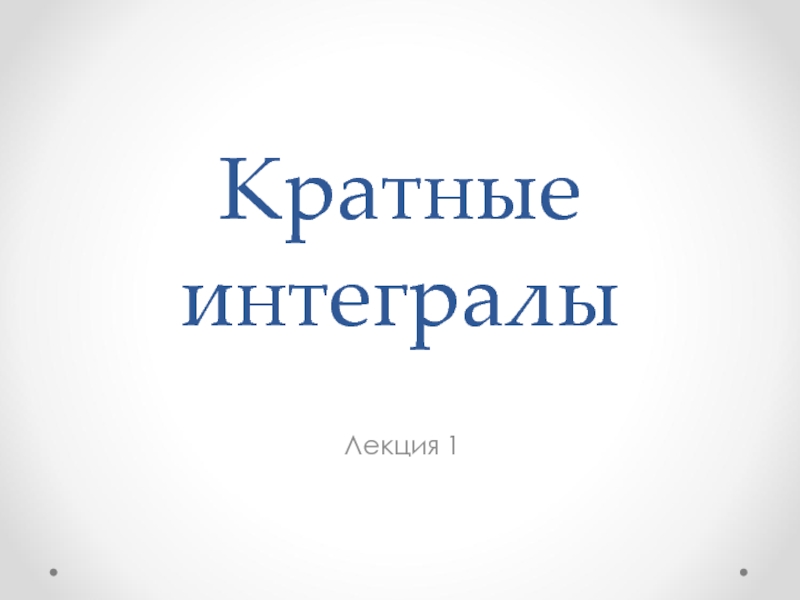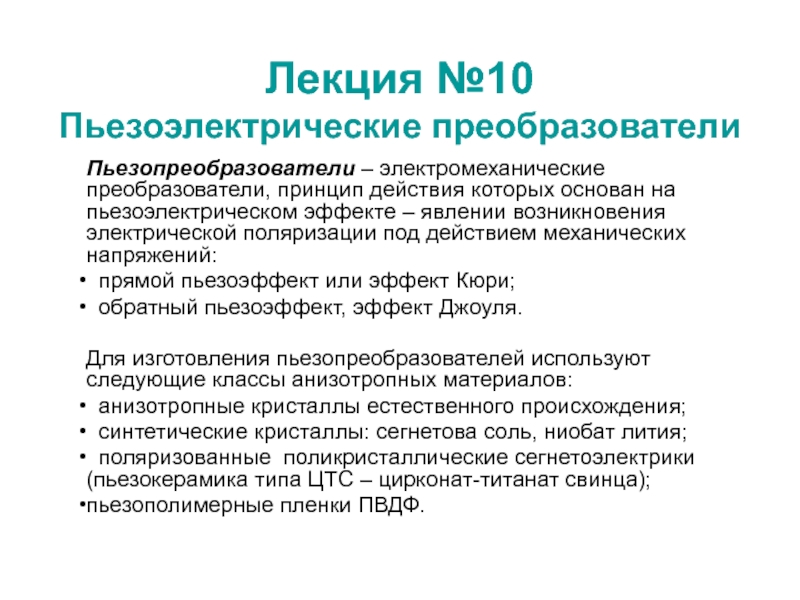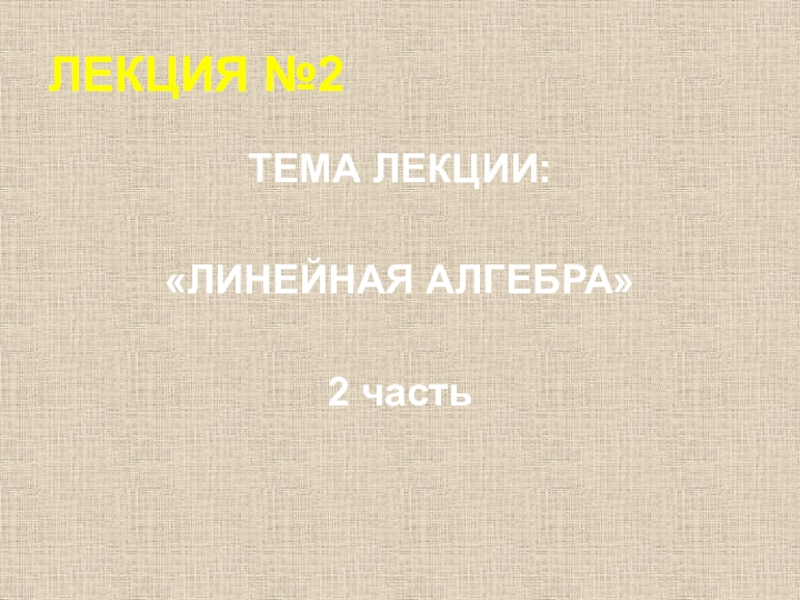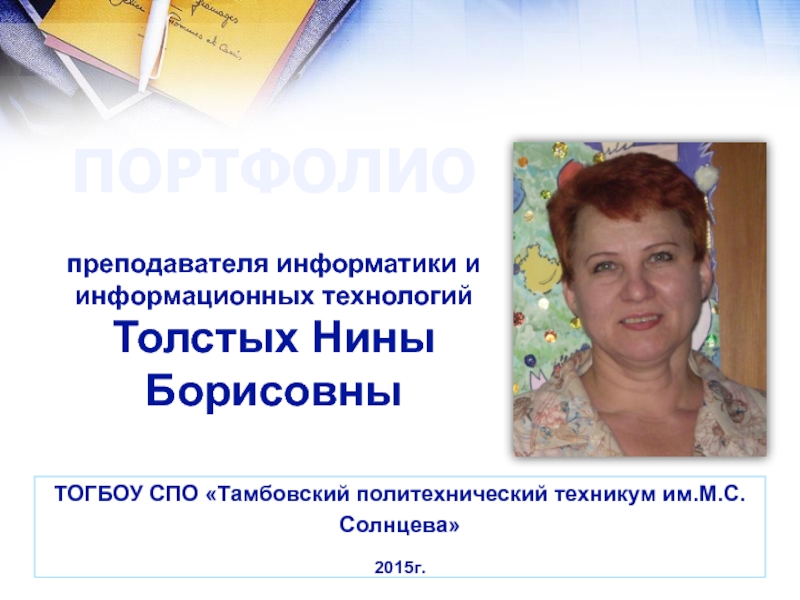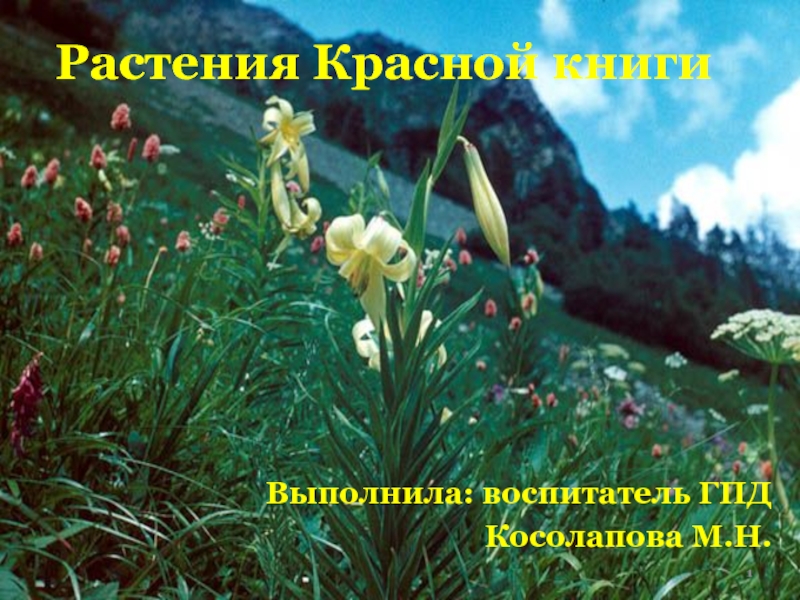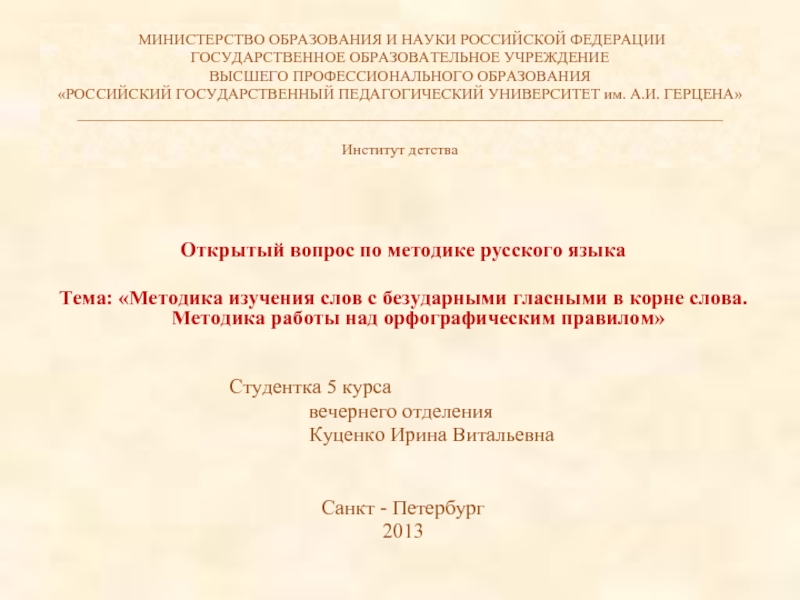Слайд 1Payments for ecosystem services in Egypt
Слайд 2Water pollution
In the desert area west of the Nile Delta,
groundwater based export-oriented agriculture has developed, with an annual turnover
of € 500 million (US$ 750 million).
However, the rate of groundwater exploitation by far exceeds
the rate of renewal. Groundwater is rapidly depleting and
turning saline. To reverse this situation the Government of
Egypt has proposed a plan to pump 1.6 billion cubic meters
of fresh Nile water from the Rosetta Nile branch into an area
of about 45,000 ha.
The use of strategic environmental assessment (SEA)
at the earliest possible stage of the planning process has
guaranteed that environmental and social issues beyond
the boundaries of the project area were incorporated in the
design process. Valuation of ecosystem services focused
on the services linked to water resources under influence
of the major driver of change, i.e. transfer of water from the
Nile to the desert area. Simple quantification techniques
provided strong arguments for decision makers at the
Ministry of Water Resources and Irrigation and the World
Bank to significantly reduce the scale of the initial phase.
The diversion of water from relatively poor smallholder
farmers in de Nile Delta to large investors in the desert
west of the delta, poses unacceptable equity problems.
It was decided to follow a phased implementation of the
plan, providing time for the National Water Resources
Management Plan to be implemented, including its water
savings programme. Short-term measures can produce
necessary water savings to allow for the first, relatively
small pilot phase. Further water saving measures will provide room for further expansion.
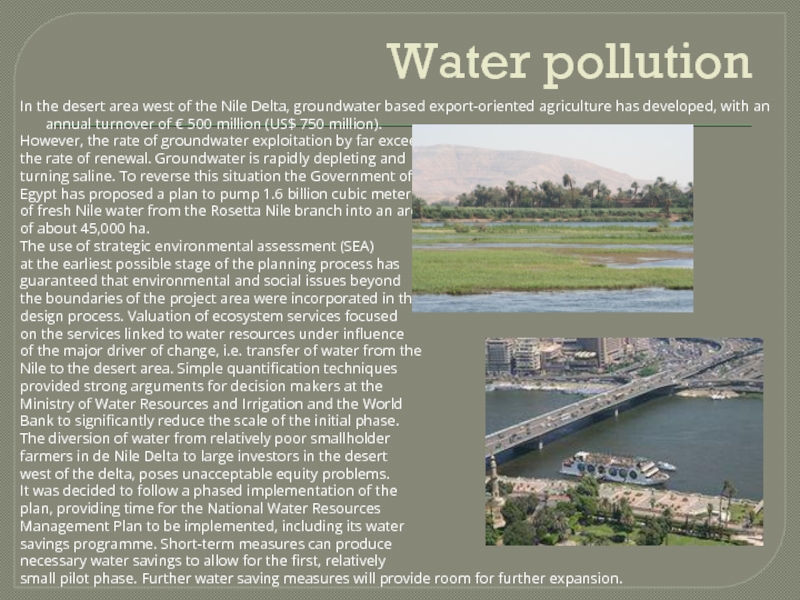
Слайд 3Water pollution
Some concern is the state of the sea water,
especially in areas where n is booming tourism industry. According
to the research conducted by the University of California, were at the greatest risk of Suez and the Gulf of Aqaba in particular the Red Sea. Sewage emissions Eilat almost untreated into the sea. Jordan also established export them into the wilderness. Israel plans to use utilizovatothody and harmless by-products for various purposes. Assist in recycling took even travel companies that use them to build golf courses. This will attract more tourists and provide considerable revenue. A very difficult problem to solve which way has yet been found - to prevent degeneration of the Nile and lake species. Particularly susceptible to infection with chub and Nile perch. In the area of Aswan degree of infestation of the last estimated at 45%, in Cairo - 100%. Affects primarily the immune apparatus, which contributes to the body of the fish breeding of pathogens. In closed basins, where the concentration of pollutants is higher than in the Nile, for example, in the Lake Qarun in Fayoum, fish marked cancerous tumors and deformation of body parts, such as fins, the lower jaw
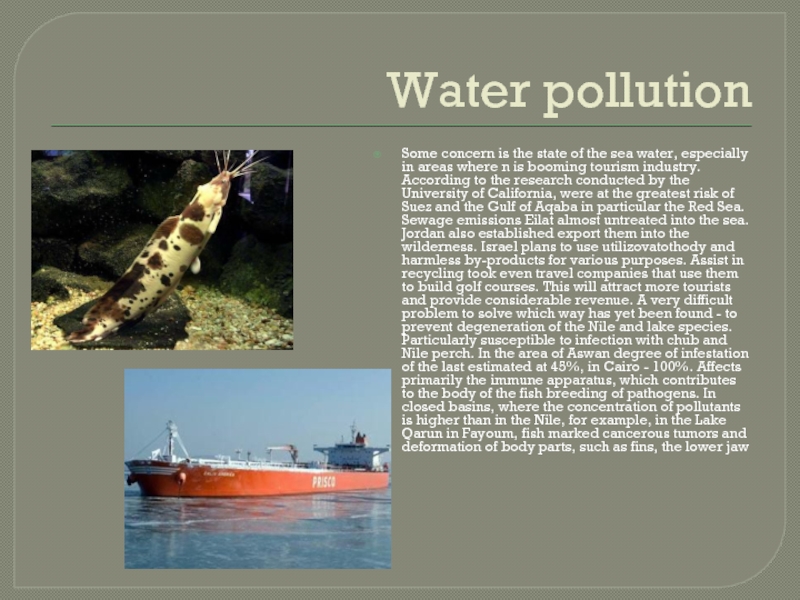
Слайд 4Soil contamination
The ecological status of the soil depends on the
state of the water. The centuries of basin irrigation in
the valley of the Nile led to the fact that raising the water table during the floods had made in the upper soil layers of salt and dirt. The use of clay soil to make bricks led to a reduction in sludge and decrease the nutrient content in the soil. For four thousand years the Nile water was contaminated with a microbe bilhartsioza. Now, after the construction of the Aswan High Dam, the degree of contamination greatly subsided, but not completely eliminated. Discharges to water waste, sewage, fertilizer and insecticide poisoning Nile water. A particularly difficult situation in the delta, which is one of the first places in the world in the use of fertilizers and soil salinity, as well as water pollution
Слайд 5A shortage of drinking water
In Egypt justified raising the alarm
about the trouble of drinking water. Meet periodically meeting between the
relevant agencies with the participation of senior business executives. A quarter of the population of Egypt is not provided with clean drinking water. Losses in water supply systems up to 50% in the amount of $ 750 million annually. It seems that the Egyptians had long since come to terms with a huge drain on the taps and pipes. However, the increasing difficulties with water supply for the rapidly growing population, increasing demand for water by the economy forcing more acutely perceive the problem.
Слайд 6Air pollution
Polluted not only water but also air, especially in
big cities like Cairo. Scheduled for a 7-year plan for the
$ 65 million for the prevention of air pollution in Cairo, chemicals, lead and suspended solids. Air pollution is 5-10 times higher than normal. As a result, in Cairo killed 20 thousand people a year. The main sources of air pollution in the capital are considered 126 plants, 38% of large and exhaust 1.3 million vehicles. Important poisoner air in Cairo considered various means of transport that consume 2.5 million tons a year of fuel oil and 200 tons of giving emissions. Planners believe that the use of natural gas would lead to the elimination of 90% of these emissions. Intended to be fitted silencers engine efficiency filters, to prohibit the importation of cars, which can not be set cleaning device or convert them to natural gas.
Слайд 7A dangerous production
In Cairo, there are 52 smelting enterprises, many
of which deal with lead. Pipes on some of them
below the surrounding houses. One smelting company is able to poison the air around 1,200 homes in the neighborhood. Because of outdated equipment on many of these plants are leaking harmful substances in-plant and the surrounding area. Pollution strongly visible in the area of the largest steel plant in Egypt, located in the southern suburb of Cairo, Helwan. Dangerous source of pollution in Cairo considered cement plants, especially in the southern part of the city and Helwan, once considered a resort area. Cement plants emit 12 harmful chemicals. In the southern part of Cairo the most common lung diseases. In second place - renal disease due to water pollution by lead. In third place - the calcinations of the lungs. Only from cement plants in Cairo falls per year to 500 tons of harmful dust.
More severe case occurred in a district of Cairo, where two plants lead alloys were located in the mass residential areas. Smoke from these plants causes brain damage, respiratory tract. Come under pressure from residents to take the necessary measures Cairo governor ordered the closure of both the plant and for the ordered cut off its water and electricity. What surprise people, in 1993 when both plants smoked again. The excuse was presented rather questionable information that will soon be installed at the plants protective filters. The main argument in favor of continuing the operation was a reference to the fact that as a result of plant closures will dismiss 150 employees.
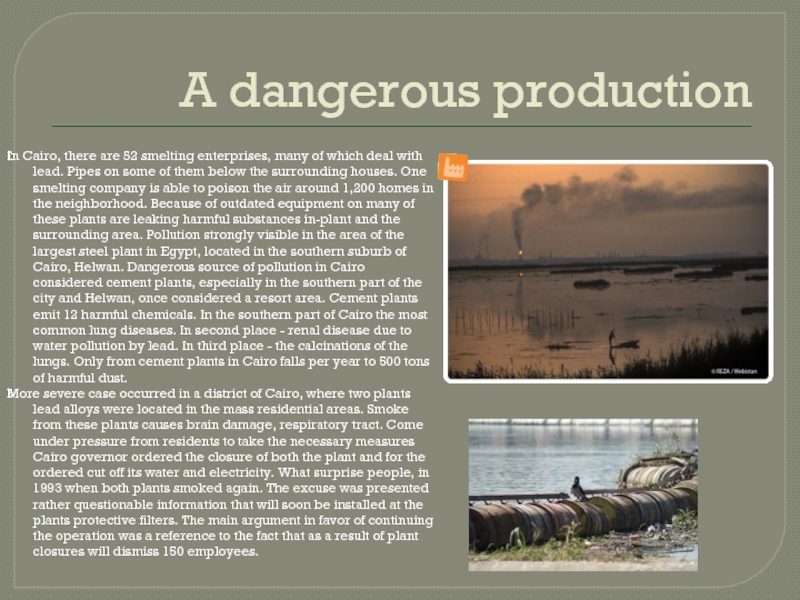
Слайд 8Slums of Egypt
Breeding ground for environmental violations are urban slums,
the old dilapidated areas and rapidly growing precarious buildings. In
urban slums, home to 25 million people now. or more than a third of the population of Egypt. In Cairo, there are about 60 such urban areas. These areas are expanding rapidly, becoming a nest of crime and disease. Many unemployed, particularly among young people, traveling merchants. Serious social danger is the drug trade, the dominance of groups of thieves and other criminals. Some schools are the transmitters of disease among children. Government and police to pay little attention to such areas. Poorly constructed drainage, sewage from the sewage pits poured onto the street. All these common diseases arise spontaneously Egyptian precarious urban areas. Large army of scavengers on the Cairo streets all less successful with their responsibilities. The main thing is that it does not address the question of what to do with the dirt. In cooperation with the French company based in Cairo City recycling plant debris. On the day the plants will process three tones of waste or a quarter of the daily volume of accumulated debris. If successful, the new venture will build another three such plants. The city will take the land and pay for utilities, and the French side will carry out at its own expense construction project

Слайд 9Conclusion
Make proposals consultants and sponsors from abroad. Coordinator of the
World Bank's Environment SharafArif said that for pollution control at
the appropriate level in Egypt for 10 years, an amount of $ 1.3 billion He said that the funds for this program will be required to attend Egyptian banks and business people . Requires special attention to his industry. Sh.Arif added that the World Bank has decided to allocate $ 35 million to participate in a special fund to combat pollution in Egypt.
The governors of Egypt pose main intention of the city administration on the economic improvement of the city. It is primarily about the improvement of new slums and old dilapidated areas (Mavaridi, Huchra Abu Duma Targaman), construction of multi-storey garages. To expand green areas in Cairo will be planted one million trees each year to put into operation new parks total area of 100 feddans. Negotiations with six companies of the city cleaning of debris in addition to the five companies involved in this now.
Include measures to prevent the degradation and pollution of the bed of the Nile. Special attention is paid to improving the supply of drinking water to the population, especially in poor areas it.
The main obstacle to the implementation of these measures the governor said lack of funds in the city treasury and the difficulty of bringing them from outside
